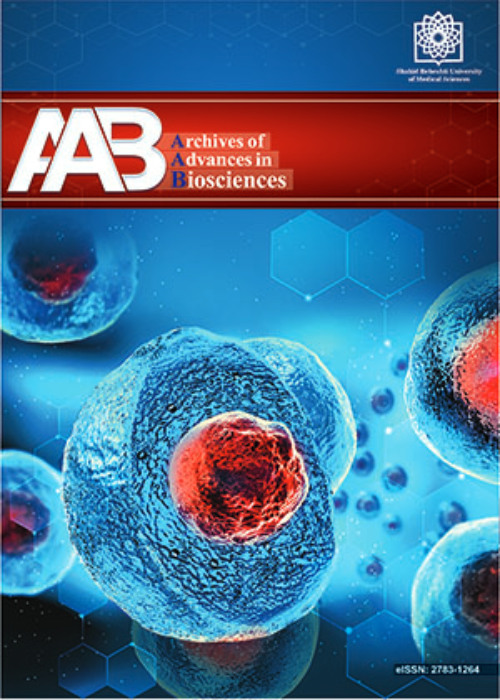Chemical Composition, Antiradical Capacity and Antimicrobial Activity of Hydroalcoholic Extracts of Ficus johannis Boiss
Ficus johannis Boiss. is a shrubby species in the family Moraceae, exclusively found in Iran, Afghanistan, and Pakistan. This research studies the total phenolic content, flavonoid concentrations, antioxidant capacity, and antimicrobial activity of this biologically unknown species.
The Leaves and fruits of the plant were gathered from the northern slope of Taftan Mountain in Sistan and Baluchestan, in the summer of 2022. After washing, drying, grinding, and obtaining hydroalcoholic extracts of the fruits and leaves, quantifying the phenolic and flavonoid concentrations was done spectrophotometrically utilizing the Folin-Ciocalteu and aluminum chloride colorimetric techniques, respectively. The anti-radical activity of the organs was assayed via the 2, 2-diphenyl-1-picrylhydrazyl (DPPH) protocol and their antimicrobial effects were assessed using the broth microdilution and streak plate techniques against six bacterial, and three fungal pathogens including Pseudomonas aeruginosa, Klebsiella pneumoniae, Escherichia coli, Staphylococcus epidermidis, Streptococcus pyogenes, Bacillus cereus, Aspergillus fumigatus, Fusarium oxysporum, and Candida albicans.
The phenolic compounds were found to be evenly distributed in both leaf and fruit extracts (around 43 mg GAE/g dry extract) while flavonoids were detected in significantly higher concentrations in the fruit extract (14.62 vs 9.57 mg QrE/g dry extract). The leaf extract was better at scavenging free radicals compared to the fruit extract (IC50 93.79 vs 239.62 μg/ml, respectively), while both extracts showed higher IC50 values than the positive control. The leaf extract showed better inhibitory effects on the tested microorganisms compared to the fruit extract. The leaf extract was effective against all tested bacteria, whereas, among the investigated fungi, only Aspergillus fumigatus was vulnerable to it. Conversely, the fruit extract was able to prevent the growth of all investigated fungal strains, but only two bacterial strains (Streptococcus pyogenes and Klebsiella pneumonia) were affected by it. Moreover, both lea and fruit extracts showed the best antimicrobial activity against Aspergillus fumigatus with MIC values of 128 and 512, repectively.
The Ficus johannis fruits and leaves are great sources of phenolic and flavonoid compounds with moderate anti-radical capacity. Moreover, the fruit extract mainly contains antifungal ingredients while the leaf extract chiefly includes antibacterial agents.
- حق عضویت دریافتی صرف حمایت از نشریات عضو و نگهداری، تکمیل و توسعه مگیران میشود.
- پرداخت حق اشتراک و دانلود مقالات اجازه بازنشر آن در سایر رسانههای چاپی و دیجیتال را به کاربر نمیدهد.


